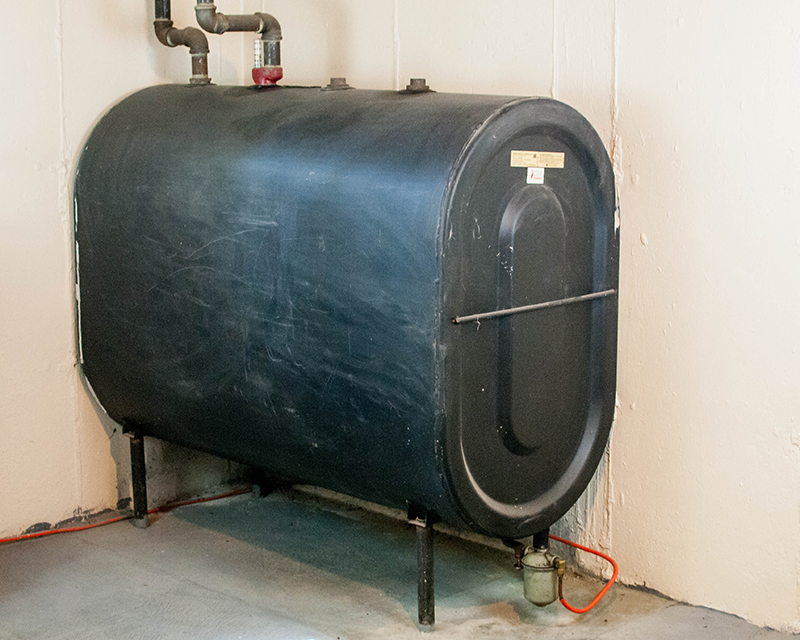Most homeowners don’t spend their days thinking about their oil tank. The plain metal box in the basement, or in the backyard, plays a vital role in keeping your house warm and comfortable. Unfortunately, the lifespan of your oil tank is not indefinite. In the absence of oil tank replacement, you could pose serious risks to your safety, your wallet and even the natural environment.
It is essential to replace your oil tank as soon as is possible.
Time Bomb or Peace of Mind Over time, oil tank get weaker, corrode and leak. Even a tiny spill could result in environmental contamination, costly cleanup, and even health risks. Change your tank prior to failure for your own security and safety.

Facing the Financial Reality: Understanding oil tank replacement cost is key. The typical price is between $1,200 to $4,600 based upon factors like tank size and location. In the event of ignoring the tank that is not working can lead to higher costs due to leaks, fines and loss of value to property. A replacement for a tank that holds 275 gallons of oil cost, the most common size, usually falls between $1500 and $2,000. It is vital to remember that early detection of problems and prompt replacement could save you money.
Locate Your Local Heroes. When looking for a replacement oil tank near where you live, do not just go with the first option. Comparing quotes and asking about their experience and certifications will allow you to find reliable companies in your region. Trust and knowledge are crucial for a secure and efficient installation.
Save money with proactive tank replacement! Numerous municipalities and states provide incentives and rebates to encourage responsible ownership of tanks. Check these out and include them into your cost estimates.
Beyond the Numbers: Consider the intangible benefits of the new tank. Improved system efficiency can translate to lower heating bills and the security that your home is secure from potential leaks is priceless.
Moving Forward: Your Roadmap to Oil Tank Security
Check your tank’s age and background: Most tanks last between 15 and 20 years. It is possible to check your documents, or call an expert to do an inspection thoroughly.
Look out for warning signs. Look out for cracks or bulges in the tank or the soil surrounding it.
Be informed: Learn about replacement costs for oil tanks Local regulations, rules, and resources.
Get quotes from reputable professionals. Get information about their experience and qualifications.
It’s best to replace your tank in the earliest possible time to prevent any issues related to security, money or the environment.
Not taking care of your oil tanks is more than an inconvenience. They pose a risk. It’s not just a basic maintenance step to change the oil tank. It’s a significant investment for your home and your family. Prioritizing your oil tank replacement will ensure that you have the safety and reliability of your heating system at home. This proactive approach peace of mind, but also reflects an ongoing commitment towards safety and well-being. Don’t overlook the significance of maintaining your oil tank. It’s a vital aspect of protecting your house and the people who reside there. Enjoy the peace of mind that comes from a well-managed and up-to-date oil tank, guaranteeing a comfortable and worry-free living environment.